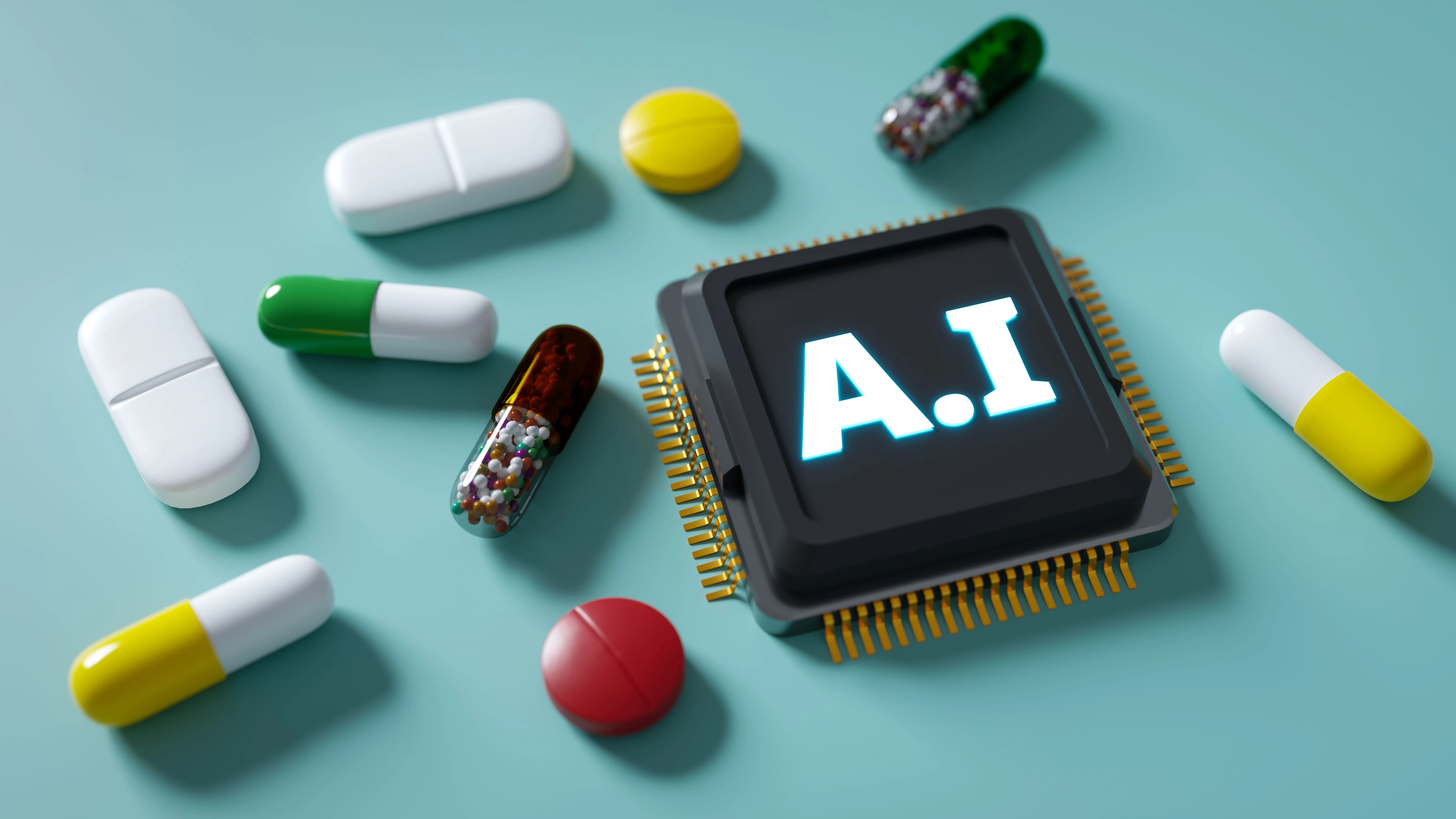AI-Enhanced Drug Development: Transforming R&D and Cost Management

AI's Role in Drug Development
AI is playing a pivotal role in drug development, leading to faster processes and significant cost savings. The use of artificial intelligence enhances research and development (R&D), allowing pharmaceutical companies to streamline their efforts and improve success rates.
Historical Context of AI in Healthcare
The history of AI in healthcare dates back to the 1950s, with Alan Turing laying the groundwork for intelligent behavior simulation. By the 2000s, AI achieved accuracy in screening various diseases. As of now, there are over 900 FDA-approved AI-powered medical devices.
Evaluating the Financial Implications
Integrating AI into drug development not only promises faster timelines but also cost efficiency, vital for addressing the staggering 1 in 10 success rate of drug candidates. This efficiency can lead to decreased manufacturing costs and more accessible therapies.
Addressing Challenges in AI Integration
- Concerns about the lack of diversity in training data affecting AI performance.
- The opacity of AI predictions poses challenges in meeting FDA regulatory frameworks.
- Data quality is critical; the success of AI-driven drug discovery hinges on the appropriateness of training data.
Future Directions in AI Drug Discovery
The projected market for AI in drug development is expected to skyrocket, indicating substantial potential. Innovative companies like +Johnson & Johnson, AbbVie, and Pfizer are already adopting AI technologies to enhance their drug discovery processes.
Collaborative Efforts and Innovations
- Johnson & Johnson uses AI for target identification and patient recruitment optimization.
- AbbVie employs AI to merge diverse data for accelerated R&D.
- Collaboration between Pfizer and Ignition AI aims to streamline stakeholder communication.
While leveraging AI presents numerous benefits in speeding up drug development, overcoming regulation and data challenges is essential for realizing its full potential in medical innovation.
This article was prepared using information from open sources in accordance with the principles of Ethical Policy. The editorial team is not responsible for absolute accuracy, as it relies on data from the sources referenced.